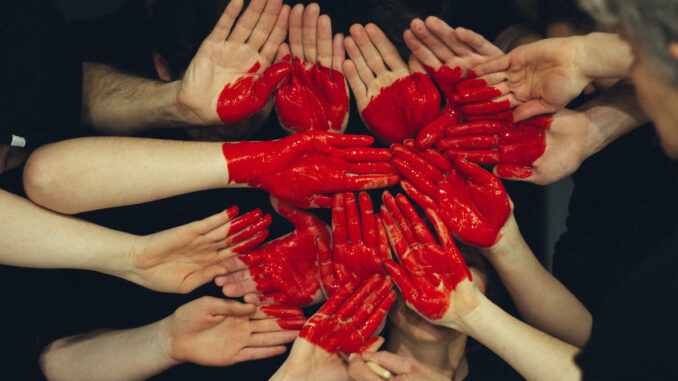
Colleen Hammond | editor-in-chief
Sept. 23, 2021.
Her warm smile touched the hearts of thousands as her blonde hair and sparkling blue eyes flashed across news screens around the country. The final days of Gabby Petito as she traversed across Wyoming with her fiance Brian Laundrie have been the subject of social media craze and dozens of candlelight vigils.
This week, when Petito’s body was found in a camping area of Grand Teton National Park, a national sense of mourning and outrage simmered. As is often the case with crimes like this, water-cooler talk shifts to that of tragedy and the horrors of seeing a woman — so young and full of life — suddenly stripped of her future.
There is a general feeling of sadness and fear, leaving many questioning, “How could this happen? How could this have been prevented?”
And while the conversations around domestic violence, police intervention and the looming threat of harassment and abuse thousands of women face everyday are incredibly necessary and valuable, they only seem to come up when a white woman is the victim.
According to a survey done in January by the Wyoming Survey and Analysis Center at the University of Wyoming, 105 Indigenous people were the victims of homicide between 2000 and 2020. Even though Indigenous people make up only 3% of Wyoming’s population, they account for 21% of all homicide victims.
This same report showed that the homicide rate for Indigenous people was 26.8 per 100,000 — eight times higher than that of white people in the state.
This disparity is mirrored by the level of media coverage given to the crimes. Only 30% of Indigenous homicide victims in Wyoming received any newspaper coverage, according to the study, as compared to 51% of white homicide victims. In further findings, this comprehensive study also showed that Indigenous victims were more likely to be described with negative words if they were given any news coverage.
A victim is a victim — regardless of their skin color, social status, occupation, race, sexuality or ethnicity. No person deserves to have their life taken from them, and to cast Indigenous victims in a negative light suggests that they caused their own violent deaths.
The name Gabby Petito has been echoed across the nation this week, mostly in messages of support and outcry at the slow wheels of justice in this case. While this reaction is positive — as people should be outraged by this crime — the societal upset cannot only rear its head when the victim has a conventionally attractive, white face.
This country is facing an epidemic of missing and murdered Indigenous people, and legislators need to step up to defend the native inhabitants of this country.
The struggles of Indigenous and other minority communities need to be recognized and specially catered to with protective legislation such as Savanna’s Act, an expansive law passed in October that provides law enforcement with special training in working with Indigenous communities.
It will also “develop regionally appropriate guidelines for response to cases of missing or murdered Native Americans” — but only if it is enforced. The widespread terrors of missing and murdered Indigenous people need to be a priority for law enforcement as this legislation is rolled out nationally.
The anger and heartache felt through the death of Gabby Petito cannot end with the images of her smiling face on programs like Dateline and a slew of true crime podcasts. With this horrific act of unspeakable violence, the spotlight must be widened to show the true impact of murder on all communities across the country.
As we mourn the loss of a young, full life taken too soon, let us light a candle for all of those forgotten before her.


